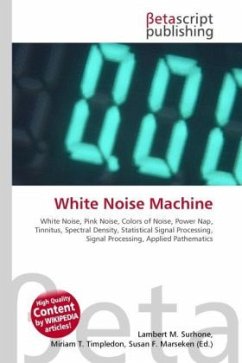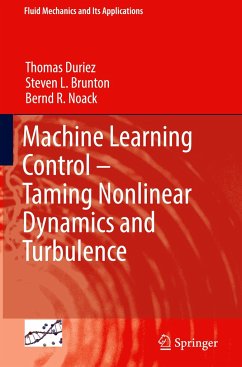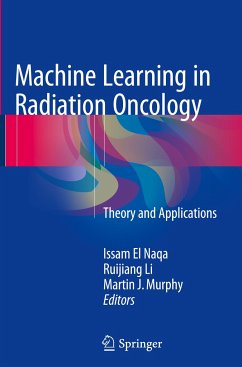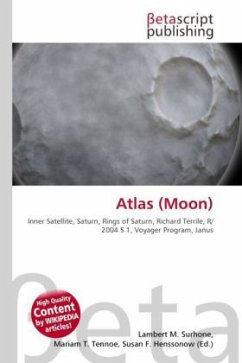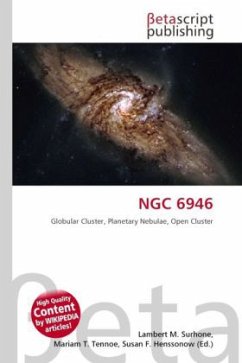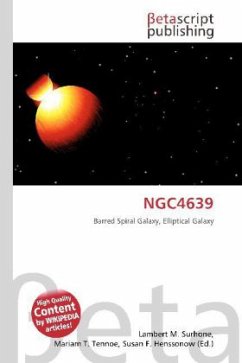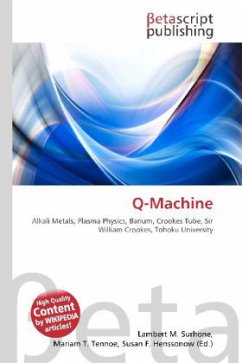
Q-Machine
Versandkostenfrei!
Versandfertig in 6-10 Tagen
29,99 €
inkl. MwSt.

PAYBACK Punkte
15 °P sammeln!
Please note that the content of this book primarily consists of articles available from Wikipedia or other free sources online. A Q-machine is a device that is used in experimental plasma physics. The name Q-machine stems from the original intention of creating a quiescent plasma that is free from the fluctuations that are present in plasmas created in electric discharges. The Q-machine was first described in a publication by Rynn and D''Angelo. The Q-machine plasma is created at a plate that has been heated to about 2000 K and hence is called the hot plate. Electrons are emitted by the hot pl...
Please note that the content of this book primarily consists of articles available from Wikipedia or other free sources online. A Q-machine is a device that is used in experimental plasma physics. The name Q-machine stems from the original intention of creating a quiescent plasma that is free from the fluctuations that are present in plasmas created in electric discharges. The Q-machine was first described in a publication by Rynn and D''Angelo. The Q-machine plasma is created at a plate that has been heated to about 2000 K and hence is called the hot plate. Electrons are emitted by the hot plate through thermionic emission, and ions are created through contact ionisation of atoms of alkali metals that have low ionisation potentials. The hot plate is made of a metal that have a large work function and can withstand high temperatures, e.g. tungsten or rhenium. The alkali metal is boiled in an oven that is designed to direct a beam of alkaline metal vapour onto the hot plate. A high value or the hot plate work function and a low ionisation potential of the metal makes for a low potential barrier for an electron in the alkaline metal to overcome, thus making the ionisation process more efficient.




